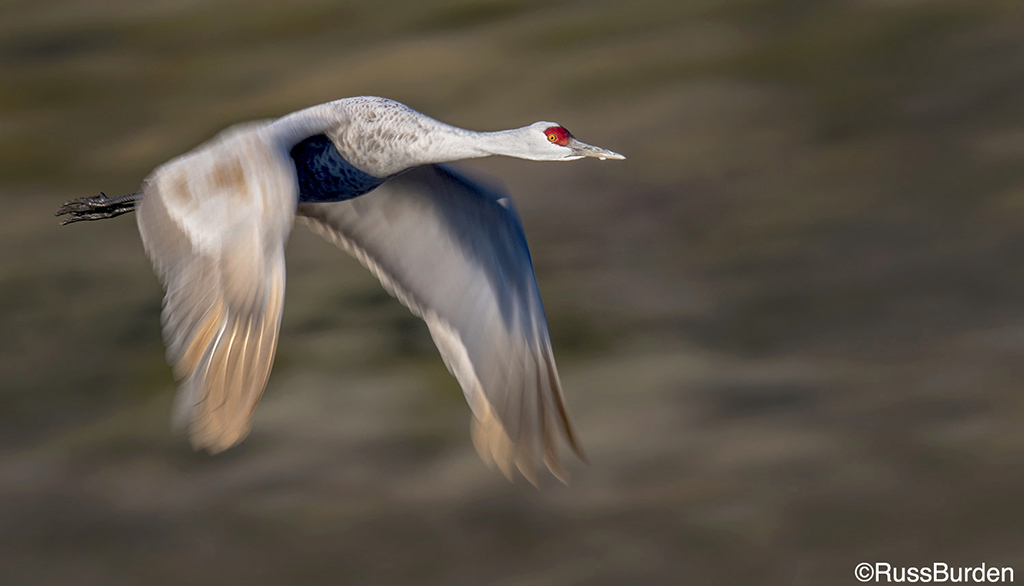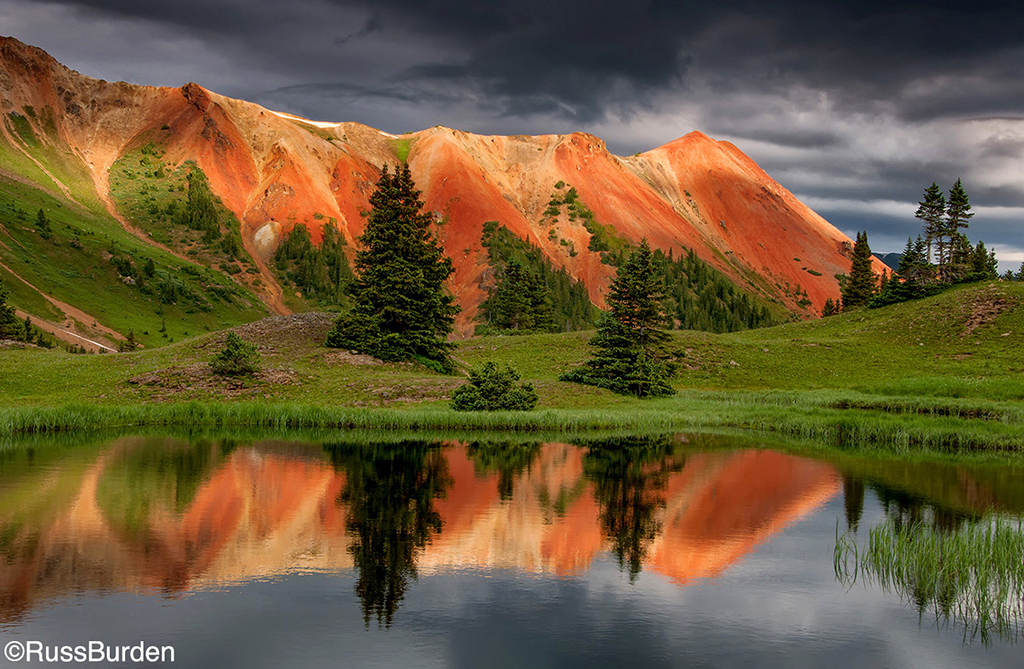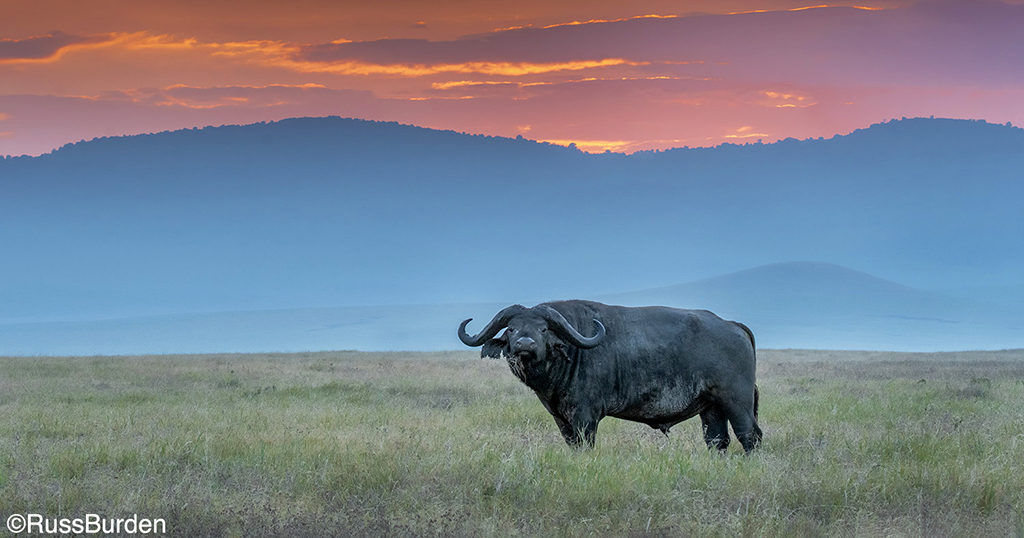Advertisement
Advertisement
Read Next

10 Action In Nature Quick Tips
As you know, nature photography isn’t...
Critically Sharp Captures
To obtain excellent-quality, tack-sharp...
Get Drenched In A Downpour Of Pixels

Get Drenched In A Downpour Of Pixels
Over 70 percent of the Earth’s...
The Amount Of Light Dictates The Strategy
Thick gray clouds, dawn, interiors,...Advertisement


Shooting The Monsoon
It was the bolt atop the ridge directly in front of me that finally got my attention. For over an hour, I had been photographing the eastward progress of a dazzling thunderstorm just north of what had been a safe vantage point. Mesmerized by the frequency and intensity of its activity, I had failed to register the storm’s approach until that warning shot landed less than a mile away. Reluctantly, I began packing my gear, still dry, but knowing I was in danger, vaguely resentful of the oft-repeated lightning warning: “If you see it, flee it; if you hear it, clear it.” Stooping for my camera bag, I rationalized that I pass that warning’s threshold every time I photograph a thunderstorm, so surely… Flash-Bang! The simultaneous bolt and boom sent me retreating so fast that it wasn’t until I was safely in the car that I realized I had left my camera in the line of fire.
Lightning photography is as dangerous as it is thrilling. Though photographer and camera survived this adventure, no person outside in an electrical storm is completely safe. And while nature photographers aren’t averse to taking risks to get their shots, neither should they be as foolish as I was.
How To Photograph Lightning
Lightning Safety
Before setting out to photograph lightning, understand that anyone outside when lightning is visible, or thunder is audible, is at risk. You can roughly compute the lightning’s distance by counting the seconds between the flash and thunder: five seconds for each mile. While 10 miles is often stated as a safe distance, lightning bolts over 100 miles long have been recorded, and lightning can strike when no rain is falling and the sky overhead is blue.
Rather than hearing it from someone who goes out in thunderstorms despite the risks, read what the experts have to say about lightning safety:
• www.lightningsafety.noaa.gov/overview.htm
• www.lightningsafety.com
While lightning strikes earth over eight million times each day, it isn’t completely understood. We do know that the rapid upward and downward motion of raindrops in a thunderstorm creates extreme electrical polarity—a negative-positive imbalance within a cloud, between clouds or between a cloud and the ground. Nature abhors any imbalance and will remedy the problem as efficiently as possible: Lightning. Unfortunately, while the most photogenic lightning is cloud-to-ground (CG), it’s also the most dangerous. In a few hundredths of a millisecond or less, a CG lightning strike can expend 200 million volts and heat the surrounding air to 50,000º F—more than enough to detonate a tree or fry a photographer.
After much research, a few close calls and many thorough drenchings, I’ve concluded that lightning is best photographed from a distance. Not only is lightning ridiculously dangerous, it’s also nearly impossible to photograph anything in the kind of downpour that accompanies most thunderstorms. In other words, you want to be outside the thunderstorm looking in.
The booming storm clouds that rise out of the arid landscape in the desert Southwest add a dynamic element to landscape images. Vistas like this one in the Grand Canyon are stunning in any conditions, but when you have the chance to include a dramatic sky as seen here, the photo rises to a new level. Now it’s not just about being in the right place. It’s about being there at a rare time.
Before You Start
My general approach is to determine the cardinal direction (north, south, east, west) where lightning is most likely to occur by using the National Weather Service forecast and radar, the LightningFinder app, and good, old stand on the rim and scan the horizon.
Immediately upon arrival at any potential spot, I run through my safety checklist: How far from the car will I be, and what’s the most direct route there? Is there another safe spot if I can’t make it back to the car? How close are the thunder cells, and what direction are they moving?
With my safety parameters in place, I check the direction of the sun to determine where a rainbow would appear—the lower the sun is, the higher the rainbow will be; your shadow will point toward the rainbow’s center.
Daylight Lightning
Daylight lightning is the Holy Grail of lightning photography. Not only is it far more difficult to capture than night lightning, when done right, daylight lightning can elevate an already gorgeous scene to something spectacular. But because the visible duration of a single lightning bolt is far shorter than human reflexes can react, without a device that detects the lightning and triggers your camera, any lightning captures you get will be pure chance.
Determine Where Lightning Is Most Likely To Strike
The rim of the Grand Canyon is an ideal vantage point from which to spot the distant lightning strikes you should target. Sometimes the lightning is firing so frequently that it’s immediately clear where to frame your shot; other times, you need to scan the horizon and wait. I’ve found that the best bet is tall, dark clouds (the taller and darker the better) above a gray curtain of falling rain. [Editor’s Note: See the OP Daily Blog for Gary Hart’s favorite locations around the Grand Canyon.]
Even when you see no lightning, it’s often worthwhile to pick the most likely location and set up as if it’s happening—sometimes I photograph the first bolt I see just by targeting the most likely area. Once your camera and sensor are engaged, you’ll be doing a lot of standing and waiting—use that time to keep scanning, and adjust your composition as you deem necessary. And stay vigilant for approaching storms—not just the one you’re photographing, but threats from behind.
Capturing the lightning strikes that accompany monsoon weather is challenging, and there are a number of products designed to trip the shutter at exactly the right moment. Be sure you take safety precautions when you’re in this kind of landscape during a thunderstorm.
Camera Settings
Unlike regular landscape photography where ƒ-stop trumps everything, shutter speed is the top priority in lightning photography. Since your camera has no idea what you’re doing, you don’t want it to be determining your shutter speed (no full auto or aperture-priority mode)—I photograph everything in manual mode, but if you’re more comfortable shooting shutter priority, that’s fine, too.
When photographing daylight lightning, you want a shutter speed between 1/8 and 1/4 sec.; slightly faster or slower is okay. Much faster risks missing additional bolts that closely follow the initial bolt; much slower, and you start losing contrast between the lightning and its background.
Achieving these relatively slow shutter speeds in the middle of the day isn’t always easy. Even with a polarizer, I often need to drop to ISO 50, but before dialing in a smaller-than-ideal aperture, I add a neutral-density filter. To minimize your camera’s shutter lag, turn off autofocus. And don’t forget to turn off mirror lockup.
Compose
Find a composition you like without lightning. While wide compositions increase the chance of catching lightning in your frame, the wider you compose, the smaller and less prominent the lightning will appear. I compose wider when the lightning is landing across a broad area; when it appears to have zeroed in on an area, I tighten. In general, it’s not a bad strategy to compose a little loose and crop later—while a tight shot of a lightning bolt is nice, few things are more frustrating than zooming tight on a scene, only to have a beautiful bolt strike just outside your frame.
Don’t assume that seeing lightning and hearing your shutter click mean success—often, the bolt came and went before your camera could react. I usually wait until I’ve had four or five potential captures before recomposing. And don’t forget to mix your compositions between horizontal and vertical.
I’ve found these smartphone apps to be invaluable for lightning photography:DeLorme Earthmate: The American Southwest has vast areas with little or no cell service, many only accessible by remote unpaved roads (especially on the North Rim of the Grand Canyon). Earthmate allows me to pre-download topo maps, and paired with a separately purchased InReach satellite transmitter/receiver, for a few dollars per month, my smartphone can send SOS messages, and send and receive texts and emails, all including my exact geo-coordinates.
LightningFinder: For a minimal annual subscription, this app displays up-to-the-minute lightning strikes for all of the United States. This information helps me determine where the lightning is most active and the direction it’s moving, often early enough to provide a head start on the best place to be.
Stay Alert
Lightning photography is a lot like fishing: lots of waiting interrupted by random, adrenalin-inducing strikes. I’ve spent entire days on the rim with just one or two strikes to show for my effort, and I’ve had days when I’ve captured over 50 strikes in just a couple of hours (and have been glad there’s no limit).
With all the waiting you’ll be doing, it’s easy to get distracted by the view, others around you or your own thoughts. But you must remain alert to the fact that thunderstorms are constantly changing—a composition that was perfect two minutes ago may now be a waste of pixels. And unlike fishing where your target poses no great danger, miscalculating the location of the next lightning strike risks your life.
Night Lightning
Until the advent of lightning sensors, night lightning was the only lightning an amateur photographer could reliably photograph. Rather than forcing you to react faster than humanly possible, photographing lightning after dark is simply a matter of opening your shutter and waiting.
Once it becomes dark enough, the length of your night exposures should be a function of the lightning frequency. If the storm is firing every few seconds, you can do quite well with a 20- or 30-second exposure. On the other hand, if duration between strikes is measured in minutes, you’ll want to shift to Bulb mode and increase your shutter speed to a duration long enough to register multiple strikes.
Finding the correct exposure after dark can be tricky, and you don’t really know frustration until you’ve miscalculated a 10-minute exposure with lots of lightning. I’ve found that the most reliable and fastest way to ensure proper after-dark exposure is a test frame at my camera’s highest ISO and largest aperture. Once I’m in the ballpark, I adjust my ISO and aperture settings to achieve the desired shutter speed.
As tempting as it may be to get many lightning strikes in one image, too many strikes in one frame tend to wash each other out. If you want to fill your image with lightning strikes, you’ll need to take multiple frames and composite them later.
You can see more of Gary Hart‘s photography and sign up for his workshops on his website at www.garyhartphotography.com. Visit the OP Daily Blog (outdoorphotographer.com/blog) to see Hart’s advice for the best spots to photograph monsoon weather at the Grand Canyon.
Gear Up For Monsoon Photography
You probably have most of the equipment necessary for lightning photography, but it’s always better to figure out what you need before you leave rather than waiting until the lightning starts firing.
1 Fast DSLR. Photographing lightning requires a camera that’s literally lightning-fast. We’ve all experienced the frustration of point-and-shoot shutter lag—that delay between the time your finger says “Click” and your camera says “Okay.” A DSLR’s shutter lag is a nonissue in most uses, but it’s a huge concern when trying to capture something with a life span measured in milliseconds.
Ideally, your shutter will respond to a “Fire” command in 60 milliseconds or faster, though up to 100 milliseconds is usually sufficient. Most recent professional and prosumer DSLRs are fast enough; some of the latest entry-level DSLRs are fast enough, too, but many aren’t. And many older DSLRs are too slow.
Unfortunately, because it’s almost never a consideration, finding your camera’s shutter response time isn’t easy. If you’re lucky, you’ll find it in the manufacturer’s published specifications; if not, start by contacting the camera manufacturer. If that fails, try a Google search.
2 Lightning Sensor. Without a device to detect lightning and instantly fire your camera, photographing daylight lightning is pure chance—if you try to visually react, you’ll either end up with nothing or (if you’re incredibly lucky) a different strike that just happened to closely follow the initial strike. At night, keeping the shutter open for seconds or minutes improves the chance lightning will flash during the exposure, but using a neutral-density filter to extend your daylight shutter speed is a very poor substitute for a lightning sensor because the longer your exposure, the less the contrast between the bright sky and a lightning bolt.
I can’t give you an “absolute best” lightning sensor brand because that would imply that I have lots of experience with multiple devices. But I can tell you that I’ve had great success with the Lightning Trigger IV from Stepping Stone Products (it has more range than the LT3). While my Lightning Trigger gives me lots of false positives (clicks without lightning in my frame), I rarely feel like it has missed something it should have caught.
3 Tripod. A tripod is essential for photographing lightning because the shutter speeds that maximize your chances for success are too slow for handholding. And there may be times when you want to leave your camera out to continue shooting while you retreat to safety. Make sure your tripod is sturdy enough to withstand the strong gusts often associated with thunderstorms. And despite what you might hear, the idea that carbon fiber is safer for lightning photography “because it doesn’t conduct electricity” is a myth: Carbon fiber does indeed conduct, but even if it didn’t, given the amount of charge in a lightning bolt, the tripod’s conductivity won’t be much of a limiting factor—wood is a poor conductor, too, but have you ever seen what lightning does to a tree?
4 Lenses. I’ve made good use of focal lengths from 16mm to 200mm. Wide lenses increase your odds of capturing lightning somewhere in the frame (but if you find yourself reaching for your fish-eye, you’re too close). Given the distance of the views in the Southwest, a moderate telephoto allows you to photograph distant lightning without losing it in the scene.
5 Filters. Not only does a polarizing filter enhance the sky and reduce color-robbing glare, the two stops of light it subtracts is helpful for reaching the relatively slow shutter speed ideal for daylight lightning. A neutral-density filter helps you achieve the relatively long target shutter speeds for daylight lightning. I suggest at least three stops—or even better, a variable filter that allows you to dial in the light.